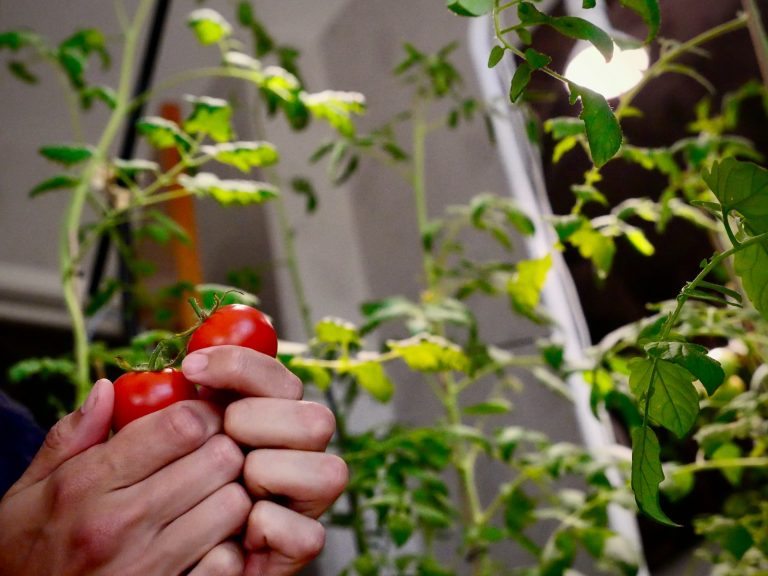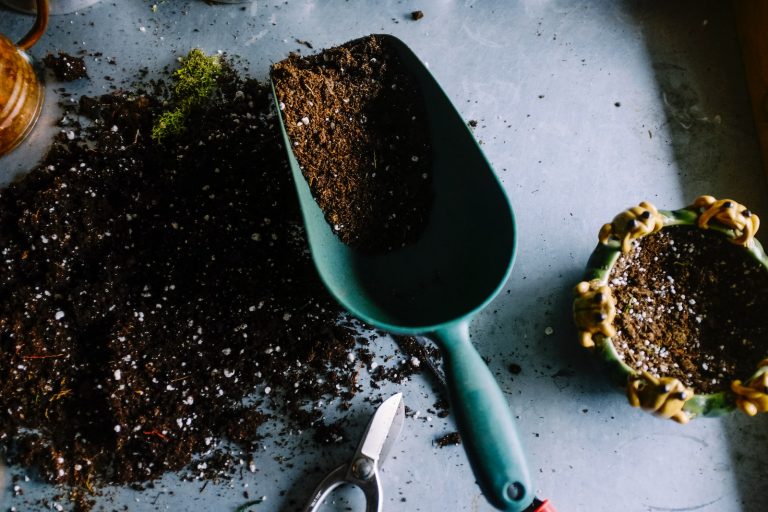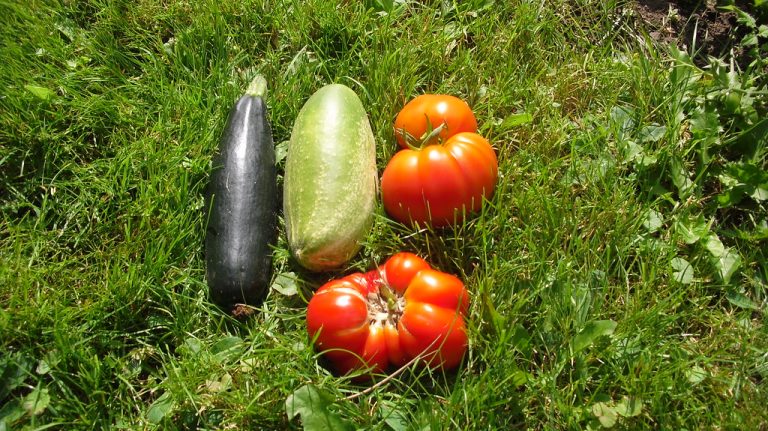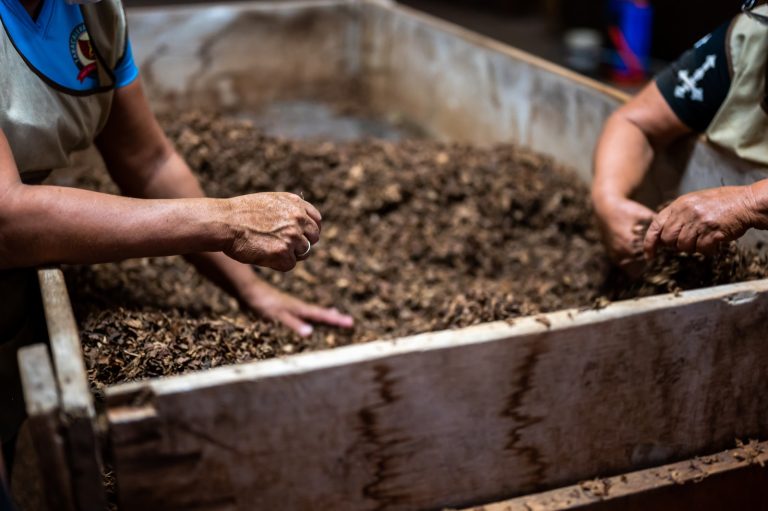How to Grow Zucchini in Your Home Garden
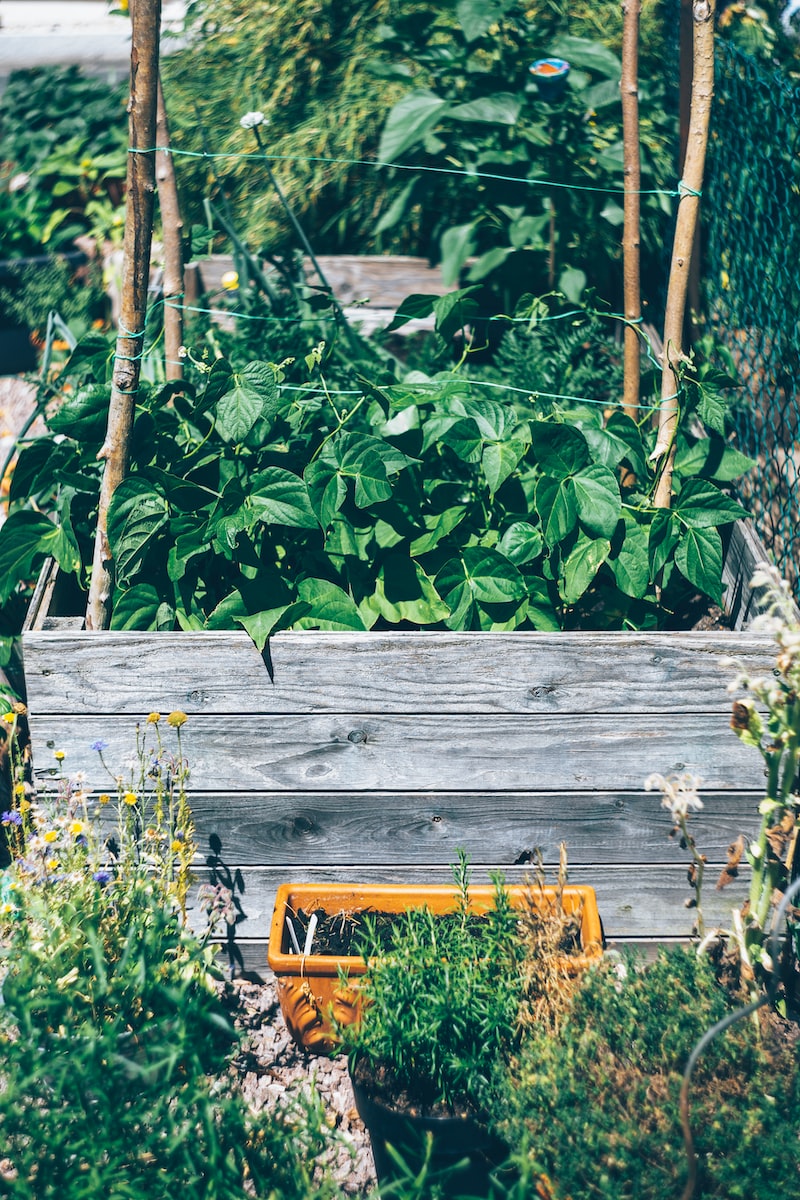
Are you an avid gardener looking to expand your vegetable repertoire? Or perhaps a newbie who wants to start growing their own produce? One of the best plants to cultivate in your home garden is zucchini. With its delicious flavor and versatility in cooking, zucchini is a must-have for any kitchen.
Plus, it’s relatively easy to grow! In this blog post, we’ll show you how to grow zucchini in your home garden – from planting seeds all the way through harvesting juicy fruits. So get ready for some green thumbs action and let’s make that zucchini patch thrive!
What are the Benefits of Growing Zucchini?
One of the great things about zucchini is that they are incredibly easy to grow. With just a little bit of care, you can have a bountiful harvest of these delicious vegetables. Here are some of the benefits of growing zucchini in your home garden:
- Zucchini are a nutrient-rich vegetable. They are packed with vitamins and minerals, including Vitamins A and C, potassium, and fiber.
- Zucchini are versatile vegetables that can be used in a variety of recipes. From stir-fries to soups, zucchini are a versatile ingredient that can add flavor and nutrition to your meals.
- Growing zucchini is a great way to get your kids involved in gardening. They will love helping you plant the seeds and watch the plants grow. And, they’ll be excited to eat the fruits (vegetables) of their labor!
- Zucchini plants produce an abundance of fruit (vegetables). A single plant can yield several pounds of zucchini over the course of the growing season. So, if you love zucchini, you’ll definitely want to grow your own!
- Homegrown zucchini taste amazing! There’s nothing quite like eating a freshly picked zucchini that was grown in your own backyard garden.
When to Plant Zucchini Seeds?
Zucchini seeds can be planted as soon as the soil warms up in spring, which is typically around April or May. To get a jump start on the season, you can start zucchini seeds indoors about four weeks before you plan to transplant them outside.
You should plant the seeds about 1-2 inches deep and spaced about 2 feet apart.
How to Prepare the Garden Soil for Planting?
Assuming you’re starting with fresh, untilled soil, the first step is to break up the large clumps of dirt. You can do this with a shovel, hoe, or even your hands. Once the big clumps are broken up, it’s time to start raking the soil until it’s nice and smooth.
Now it’s time to add some nutrients back into the soil. This is especially important if you haven’t had a garden in that spot before, as chances are the existing soil isn’t ideal for growing vegetables. Some gardeners like to use compost, while others prefer manure or other amendments. If you go this route, be sure to mix these amendments into the top few inches of soil – no more than six inches.
Once your soil is amended and raked smooth, it’s finally time to plant! If you’re planning on growing zucchini (or any other type of squash), be sure to check out our post on how to grow squash in your home garden.
How to Water and Fertilize Zucchini Plants?
Assuming your zucchini plants are already in the ground, you will need to water them regularly and fertilize them every few weeks. Here are some tips on how to do both:
- Watering: Zucchini plants need about 1-2 inches of water per week. It is best to water them early in the morning so that the leaves have time to dry off before nightfall. Avoid getting the leaves wet as this can promote fungal growth. If you can, water the plants at the base rather than from above to avoid splashing water on the leaves.
- Fertilizing: Every 2-3 weeks, give your zucchini plants a light fertilizer application. You can use an all-purpose fertilizer or a fertilizer specifically designed for vegetables. Apply the fertilizer around the base of the plant, being careful not to get any on the leaves.
What Problems Can Affect Zucchini Growth?
There are a number of problems that can affect zucchini growth in your home garden. The most common problem is lack of pollination, which can be caused by a number of factors including cold weather, lack of bees, or too much rain.
This can cause the flowers to drop off the plant without setting fruit. Another common problem is powdery mildew, which is a fungal disease that causes the leaves to turn white and eventually collapse. T
his can be prevented by providing adequate air circulation and avoiding overhead watering. Finally, cucumber beetles can be a problem, particularly in warmer climates.
These voracious pests will strip the foliage from plants and can also transmit diseases. Be sure to monitor your plants closely for signs of damage and take action as soon as possible if you see any evidence of pests or disease.
How to Harvest and Store Zucchini?
Harvesting and storing zucchini is a simple process that can be done with minimal effort. The first step is to harvest the zucchini when they are ripe. This can be done by checking the size of the zucchini and picking them when they are 7-8 inches long. Once the zucchini are harvested, they can be stored in a cool, dry place for up to two weeks.
Recipes with Zucchini
Assuming you have a healthy zucchini plant, you can expect to harvest zucchinis all summer long. Here are some recipes to help you make the most of your bumper crop!
- Roasted Zucchini: Preheat oven to 400 degrees. Cut zucchini into 1/2-inch thick slices and spread on a baking sheet. Drizzle with olive oil and season with salt, pepper, and dried oregano. Roast for 20-25 minutes, stirring once or twice, until tender and lightly browned.
- Zucchini Fritters: In a large bowl, combine 2 cups grated zucchini, 1/4 cup all-purpose flour, 2 tablespoons chopped fresh parsley, 1 egg beaten, and 1/4 teaspoon salt. In a small skillet, heat oil over medium heat. Drop zucchini mixture by tablespoonfuls into the hot oil. Cook for 2 minutes per side or until golden brown. Drain on paper towels. Serve with sour cream or ranch dressing (if desired).
- Zucchini Pizza Bites: Preheat oven to 350 degrees. Spray a mini muffin tin with cooking spray and set aside. In a medium bowl, mix together 1 cup shredded mozzarella cheese, 1/2 cup grated Parmesan cheese, 1/2 cup finely chopped zucchini, 2 tablespoons chopped fresh basil leaves, and 1/4 teaspoon garlic powder. Spoon mixture evenly into the prepared muffin tin. Bake for 8-10 minutes, or until cheese is melted and golden. Serve warm.
- Zucchini Noodles: Heat 2 tablespoons olive oil in a large skillet over medium heat. Add 2 cloves minced garlic and sauté for 1 minute. Add 4 cups spiralized zucchini noodles and toss to coat. Cook for 3-5 minutes, stirring occasionally, until noodles are al dente. Season with salt and pepper as desired and serve with your favorite sauce or topping.
Conclusion
Growing zucchini in your home garden can be a rewarding and fun way to get fresh vegetables while learning more about gardening. With the right care, your zucchini plants will thrive and you’ll have plenty of delicious veggies ready for cooking. Use our tips on how to grow zucchini in your home garden and enjoy the fruits of your labor!

Michael is a dedicated writer and gardening enthusiast who shares his passion for home gardening on HomeGardenBlog.com. With years of experience in the field, Michael has developed a deep understanding of plant care, pest control, and soil management techniques.

